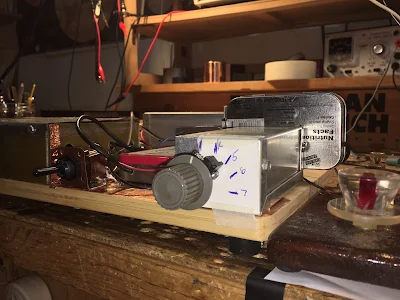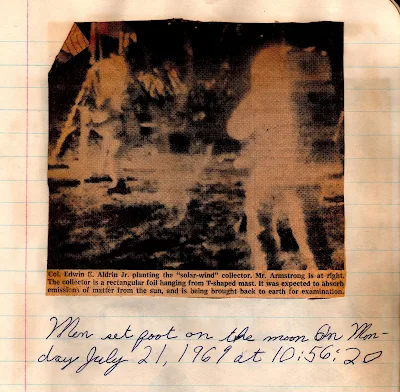Dear Bill N2CQR:
For your amusement, the attached video (from 2:20 - 3:40) shows
me operating portable at a tailgate event using my second
scratch-built BITX, with this one running 45W on 75M.
Features include analog VFO, a 16-pin LM380 with all ground
pins heat-sinked for powerful audio, and 3-transistor uBITX-type
low-level RF amps. The 8-crystal filter is also like the uBITX design
but at an 11 MHz IF. The microphone amp is a 741 Op Amp which I
believe has better gain, gain adjustability, and frequency response than
any of the transistor designs. The transmit adjustable driver amp is adapted from the FET
circuit used in the Wee Willy. The Transmit LPF is hard-wired to the antenna connector
for simplification and to minimize RF losses, so in receive mode the single relay in the rig
connects the receive section in parallel, which causes some signal loss, but not much.
Finally, and most notably, I believe that my RF Power Amp is the only one in the world to use
model airplane engine mufflers as heat sink cores...
72,
Walter
KA4KXX
Orlando, FL












